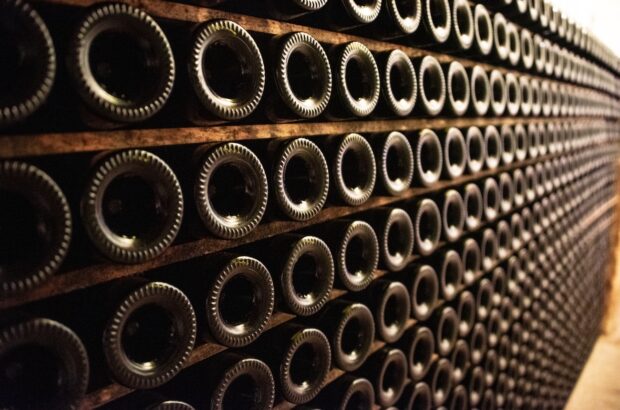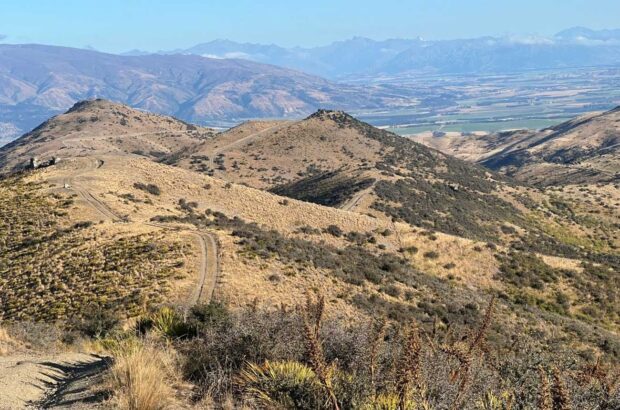South America 2008 : Drink soon
Long, dry season produced very good if not classic wines in Chile: ripe and elegant (nudging 4 stars). Cooler and more challenging vintage in Argentina: success relied heavily on the skill of growers.
Weather Conditions
Cold, dry Chilean winter persisted into spring, delaying budbreak up to 20 days in places. Buds were prolific though; some growers controlled yield by extensively de-budding, but millerandage (marred berry development), and smaller clusters and berries generally, cut yield 15-20% on 2007. A hot, arid summer followed (cooler-than-normal Pacific waters minimised rainfall) and growers could wait to pick at optimum concentration.
Argentina had a severe winter, frosty spring, and suffered hail in Mendoza mid-summer and strong winds in Patagonia. Veraison (when berries start changing colour) was 7-10 days later than expected. Dreary, wet, unstable early-harvest weather upset white varietals mostly, while drier, balmier weather later saw red fruit achieve good ripeness. As Cabernet Sauvignon and Malbec were reaching peak condition, a sharp frost abruptly wrapped up the harvest. Overall yield: 25% down on last year.
Best Appellations
Across Chile, a cool start and long, dry maturing period produced grapes with high natural acidity and good aromatic potential at lower than usual alcohol levels. Berries were small, and best wines have huge concentration and intensity, with refreshing acidity and good durability. Cabernet Sauvignon is supported by firm, ripe tannins, while Syrah and Carmenère tannins tend to softness and elegance. Casablanca Pinot Noirs are notably rich and expressive. Merlot struggled most with the arid conditions.
For Argentina, achieving all-round ripeness wasn’t a given, but where growers allied hard work and experience Cabernet Sauvignon and Malbec have impressive concentration and complexity. There’s a juiciness to best examples, with muscular tannins, deep colour, vibrant acidity (extreme day/night temperature variations drove acid levels higher than usual). Uco Valley’s best have great finesse and elegance.
Best Producers
CHILE: Maipo Valley – Casa Rivas, Tarapacá, Cono Sur, Antiyal; San Antonio – Matetic Vineyards; Casablanca Valley – Cono Sur, Kingston Family Vineyards, Loma Larga Vineyards, Casas del Bosque, William Cole Vineyards; Maule Valley – Undurraga, San Pedro; Colchagua Valley – Cono Sur, Santa Camila, Terranoble, Agricola La Viña, Bisquertt, Montes; Aconcagua Valley – Errazuriz; Central Valley – Sur Andino, Maipo; Curicó Valley- Apaltagua; Rapel Valley – Canepa, Concha y Toro; Elqui Valley – Falernia
ARGENTINA: Patagonia – Domaine Vistalba, Bodega Noemia De Patagonia, Bodega Chacra; Mendoza – Archával Ferrer, Bodega Renacer, Bodega Tamarí, Andean Vineyards, Domaine Jean Bousquet, Finca Flichman, Fincas Patagónicas, Dominio Del Plata; Uco Valley – Bodegas Salentein, Luca; Luján de Cuyo – Domaine Vistalba, Nieto Senetiner; San Juan – Bodegas Graffigna.







